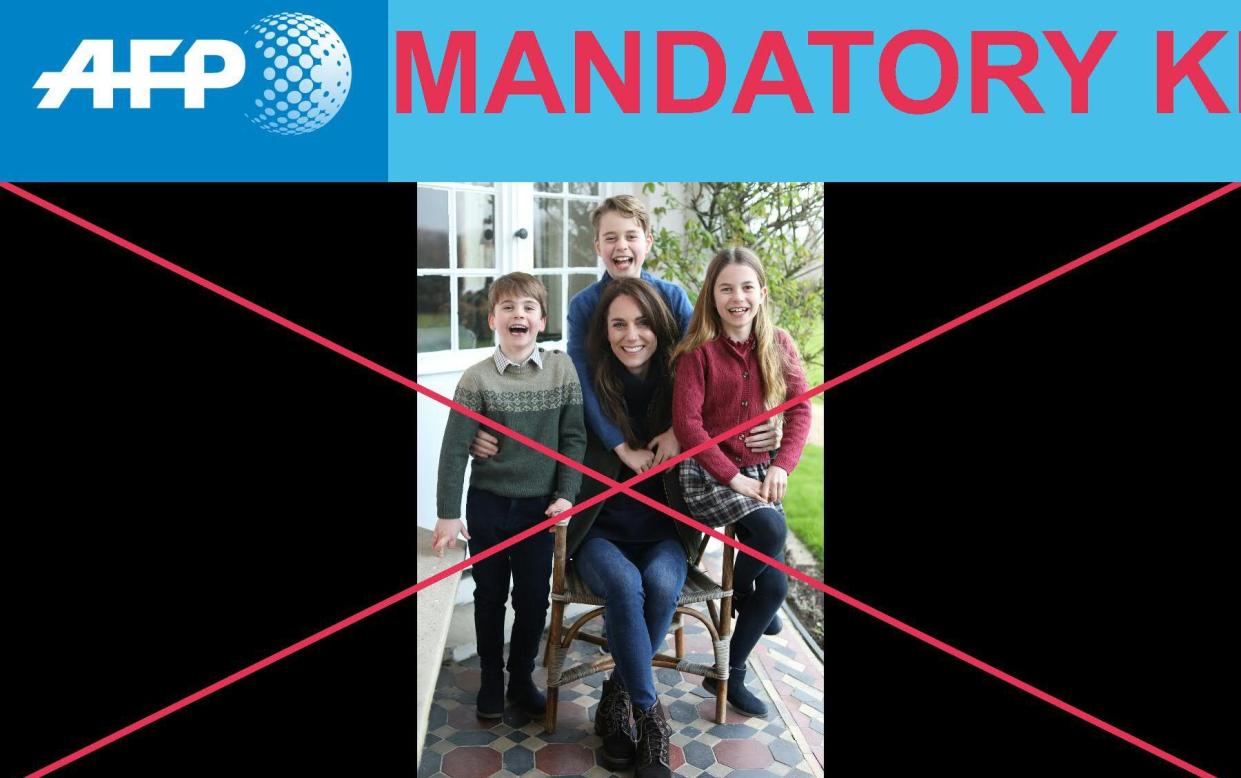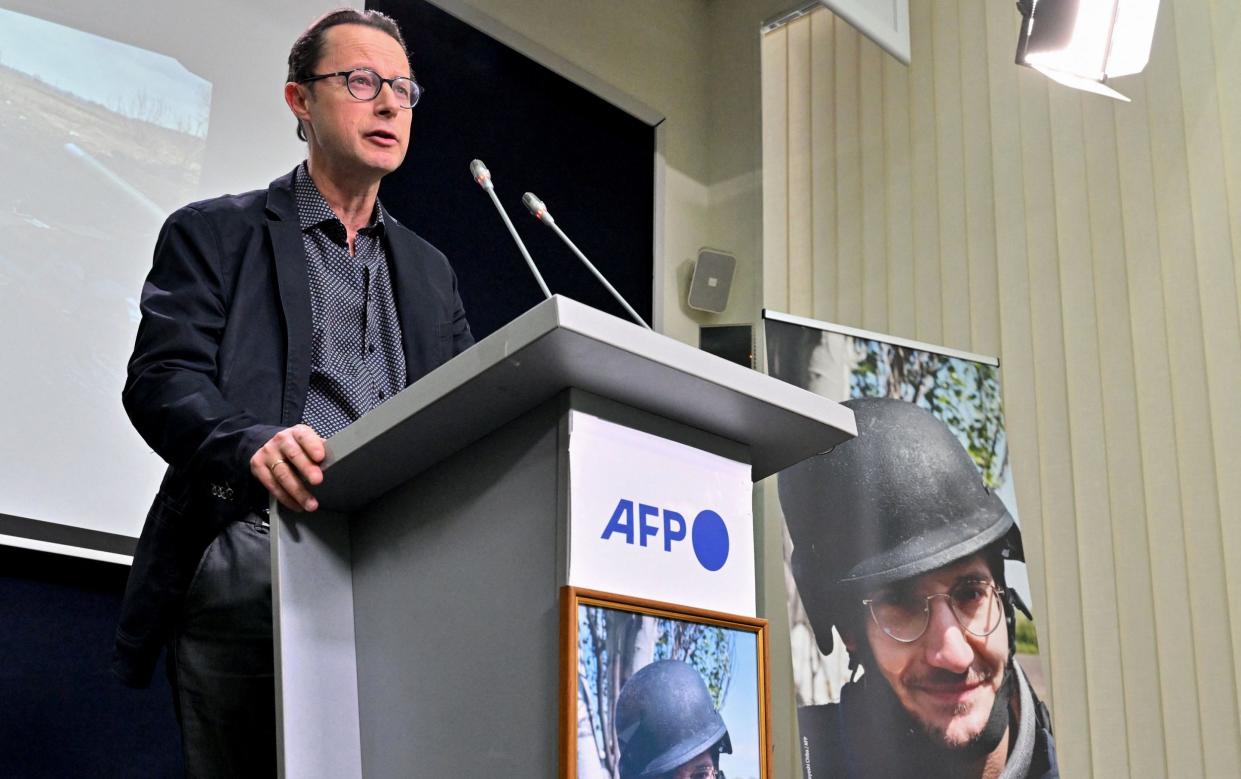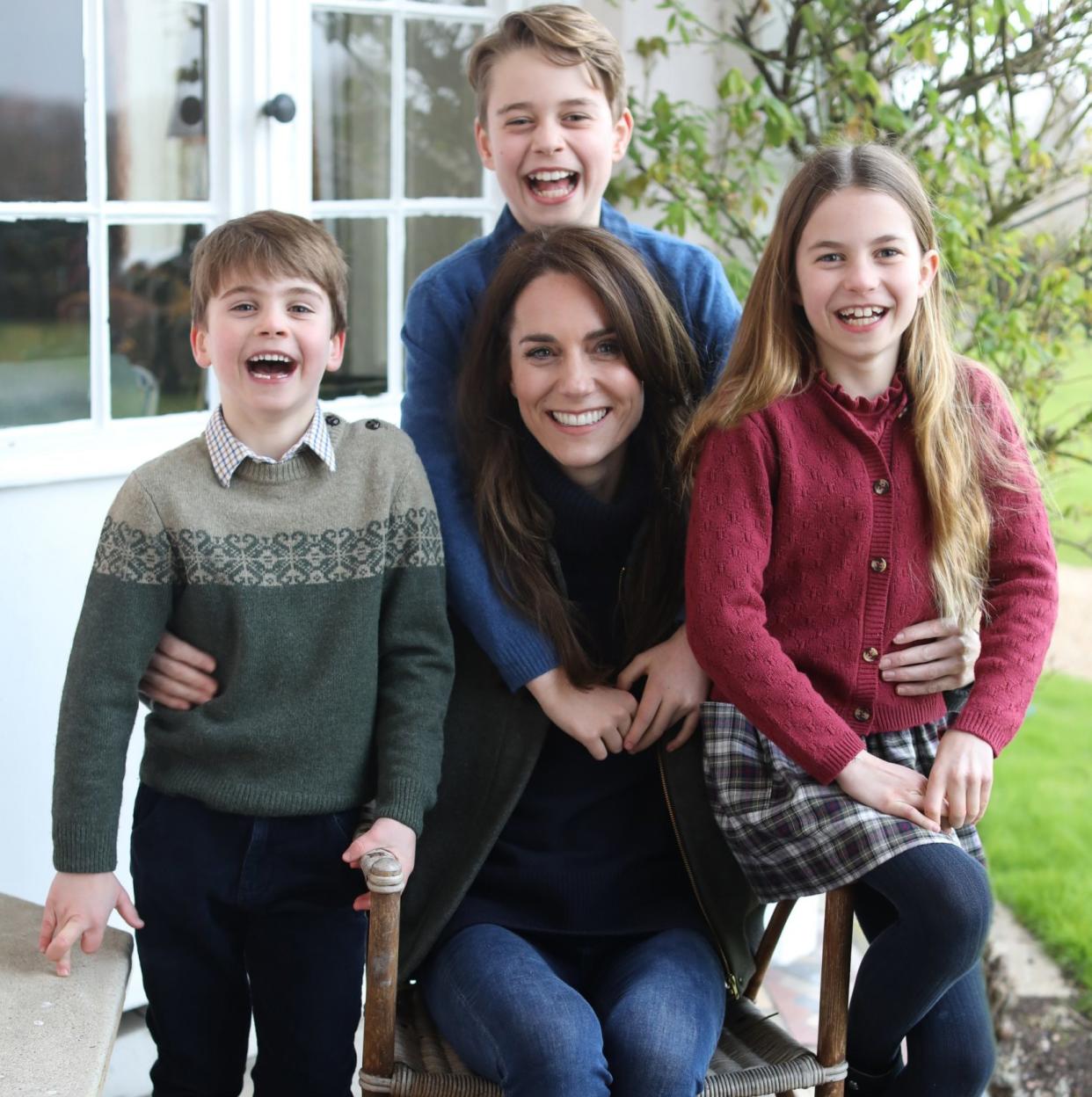Kensington Palace ‘can no longer be trusted – just like North Korea’

Kensington Palace has been compared to North Korea by a news agency executive, who said the Prince of Wales’s household was no longer viewed as a trusted source.
Phil Chetwynd, the global news director of Agence France-Presse (AFP), said the photograph of the Princess of Wales and her three children – released to mark Mother’s Day and later revealed to have been edited – had “clearly” violated the agency’s rules.
Mr Chetwynd said it was rare for news agencies to “kill” a picture because it had been manipulated, but that their hand had been forced on this occasion because the palace did not respond to requests for an explanation or to release the original image.
The royal portrait was recalled by AFP and four other international picture agencies – Getty, Associated Press, Shutterstock, and Reuters – on Sunday night.
The move prompted the Princess to release an unprecedented personal statement the following morning, in which she admitted she had edited the image and apologised for any confusion caused.

Mr Chetwynd said the palace had been considered a “trusted source” because it had worked with the agencies for such a long time.
Asked on BBC Radio 3’s Media Show if it remained so, he replied: “No, absolutely not. Like with anything, when you’re let down by a source, the bar is raised.”
Mr Chetwynd revealed that, before killing the photograph, the agencies had consulted together to decide how to react and asked the palace for the original version.
“We all sent a message saying could you give us the originals? Could you have a reply?” he said. “We didn’t get a reply, so that’s why we killed the photo.”

Asked how rare it was for news agencies to take that course of action, he admitted: “It’s a big deal. It would be rare. We wouldn’t like to assume more than one a month, I’d say. To kill something on the basis of manipulation – once a year, maybe? I’d hope less.
“The previous kills have been from the North Korean news agency or the Iranian news agency, just to give you some background and context.”
Kensington Palace has refused to release the original version of the photograph, which was taken by the Prince of Wales at the family home, Adelaide Cottage in Windsor, on March 8.
Mr Chetwynd said that if it did so it would help build trust, which relied upon “maximum transparency”.
News organisations have pushed back against the increasing trend among certain institutions to release their own “handout” images in order to better control the narrative as well as their image.
Mr Chetwynd said there were processes to determine whether a photograph had been manipulated and that all news agencies had validated the Princess’s photograph despite the fact that it “clearly” violated their rules.
“We’ve got major issues internally as to how we validated that photo,” he admitted. “We shouldn’t have done – we violated our guidelines and therefore we sent out notes to all of our team to be absolutely more vigilant about all of the content coming across our desk.”


